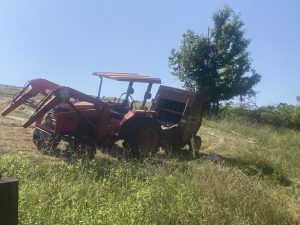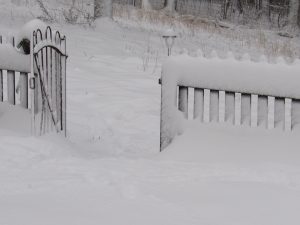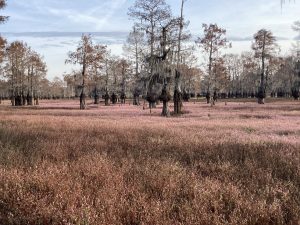I Am a VIP

August haying
It is true, yes, that there are moments as a farmer when my status as a VIP is confirmed. After all, I am known to multitudes. That these moments happen only between me and my livestock makes them no less important. So, for any of you yearning for that most modern of currencies, celebrity, for those of you who desire to feel valued, follow along with me as I fill up a bucket of feed near the barn.
The ewes who have been let out of their pasture to graze among the buildings hasten to my side from all points of the compass at the clanging of the lid. They form a tight scrum around me, like bodyguards protecting a pop star. The ones behind keep nudging me to move faster, perhaps afraid that my time in the open may expose me to assault, while the ones on either side stay firm against my thighs. The lead ewes keep turning around, making sure I’m safe and with them still. We march in lockstep across the grass, through the gates, to their feed trough. Only as we approach do they cease to see me as someone to protect. Like Roman legionaries who have missed a payroll, they abandon their post and impatiently begin to jostle, demanding that I yield if not an autograph then at least the contents of my bucket. Celebrity is such a fickle mistress.
Fowl Pox
We both looked at the small blisters covering his face, the eyes that were milky white and unseeing. Two days earlier he had stood next to me in the equipment yard, shifting his weight from foot to foot, head tilted as he listened closely in what we now know was the posture of the blind. But even seeing I saw nothing. The next day he stayed in the coop, in a corner, unable to defend himself against the younger rooster. I noticed, vaguely aware that something was wrong, and continued my chores. On the third day I bent down and picked him up by the feet, avoiding the three-inch spurs with difficulty, and cupped his back with my hand. Cindy examined him and recognized the blisters and unseeing eyes. He had fowl pox and needed to be removed immediately from the flock. It was possible he could recover, but old age would be working against him. I continued holding him on his back with feet grasped and walked to the barn. From the rack over a work table I removed a hatchet. I laid him across a railroad timber outside, stretched his neck over the side, and lopped off his head. His head and body in a five-gallon bucket, I placed the remains in the back of the pickup truck.
Cowboys and Ranches Belong West of the Mississippi
When I think of the habits of emigrants from our Western states, I’m reminded—likewise frequently and comically—of zooming down a sidewalk on my bike as a kid, then tumbling over the handlebars when I reached a section pushed up by the roots of an oak: both bring me up short. So when I say that the big man wearing a cowboy hat, his brand new dark blue jeans tucked inside fancy cowboy boots, stopped me cold, I understate. That he was also wearing spurs that stuck out a good three inches prompted me to ask the ladies behind the counter at the farmers co-op, “Are they filming a Western nearby?” How he drove away in that jacked-up fully-loaded brand new Ford F-150 Lightning with those three-inch spurs on his boots … well, I still both wonder and admire. But he did.
………………………………………………………………………….
Reading this weekend: the children’s book A Wrinkle in Time (M. L’Engle) and One Man’s Meat (E. B. White). I never had read the first till now, and I found it charming. Regarding the second, I had only read White’s children’s books. His essays, written from his Maine saltwater farm, are warm and funny and perfect for these cold December nights.


